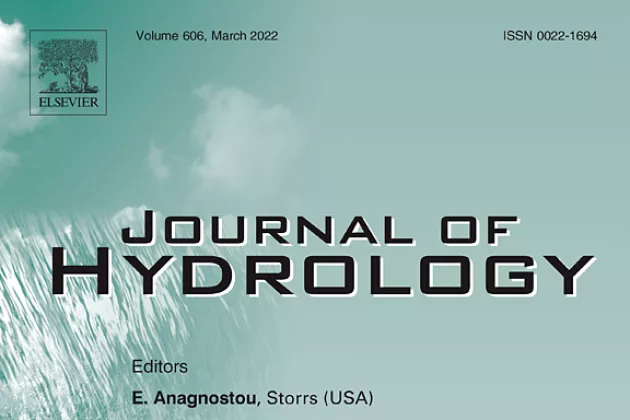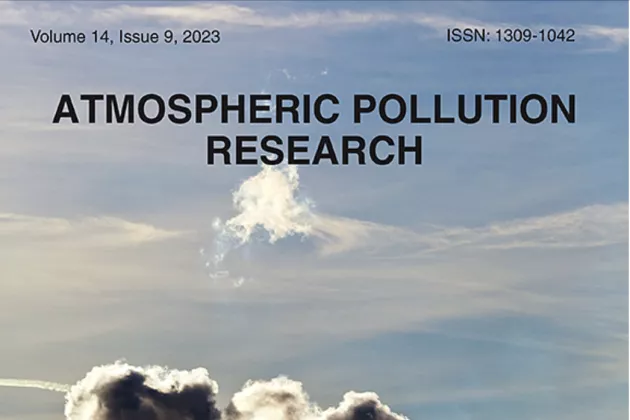The article "Can river flow prevent land subsidence in urban areas?" was co-authored by Alireza Sharifi (University of Oulu), Behshid Khodaei (CMES), Amirhossein Ahrari (University of Oulu), Hossein Hashemi (CMES) and Ali Torabi Haghighi (University of Oulu).
Abstract
Land subsidence, a silent death, occurs due to various factors like significant reduction in groundwater (GW) levels. It is a widespread phenomenon with irreparable consequences on buildings, infrastructures, and, in severe cases, groundwater aquifers. This study aims to assess the impact of river flow on the acceleration and control of land subsidence in an arid and semi-arid region. To achieve this goal, we analyze the interconnection between GW and SW and investigate the role of the Zayandeh-Rud River's drying up on land subsidence in the Isfahan-Borkhar aquifer in Iran's central plateau. To facilitate this assessment, we utilize the Interferometric Synthetic Aperture Radar (InSAR) technique to estimate the vertical deformation velocity of the aquifer (average land subsidence rate). The results show that the Isfahan-Borkhar aquifer has experienced a significant annual decline of more than 25 m, with an alarming rate exceeding 0.8 m/year. Our analysis of 31 piezometric wells (P-Wells) from 2000 to 2022 reveals a downward monotonic (in 16 P-Wells) and nonmonotonic (in 12 P-Wells) trend in groundwater table changes. Moreover, the GW table in the P-Wells near the river depends entirely on river flow. Furthermore, our findings indicate that river regulation exerts a dominant role in the control of land subsidence. Consequently, when water flows in the Zayandeh-Rud River, the rate of land subsidence declines significantly, particularly in urban regions. Therefore, maintaining a constant flow of water in the river can prevent or reduce ongoing land subsidence in Isfahan.
Keywords: river regulation; groundwater depletion; InSAR; MODIS; historical heritage; Isfahan




